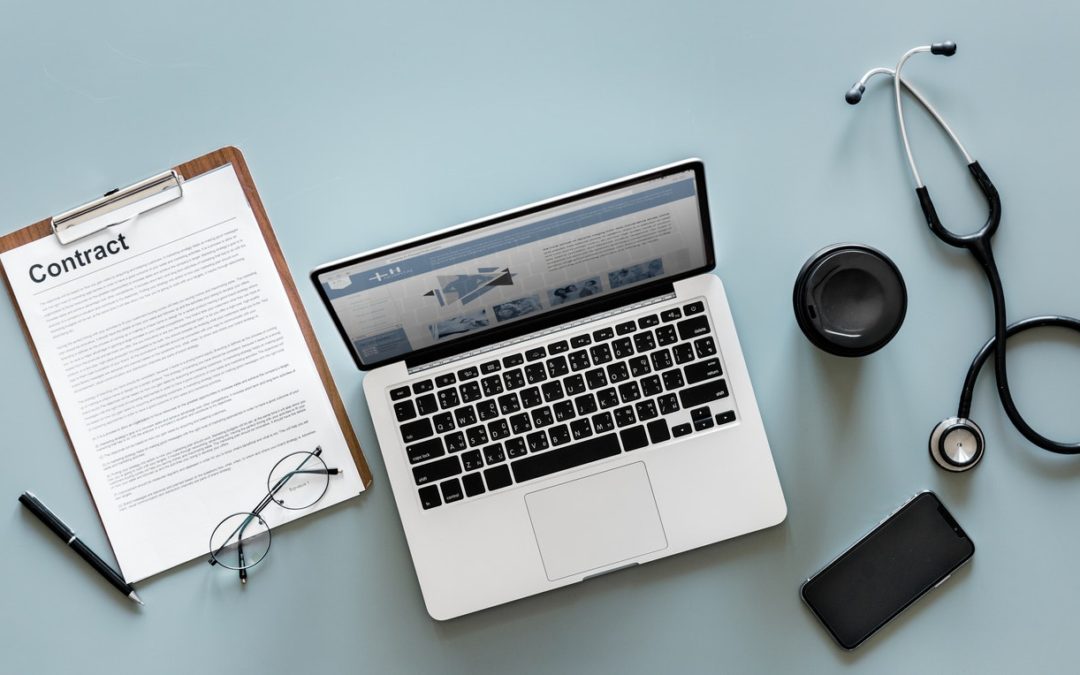At Abella Health, we provide high-quality varicose vein and spider vein treatment for patients in need. These conditions, which are similar and often related but not the same, both relate to issues with blood vessels that swell and protrude, commonly on the legs.
Spider veins, in particular, are small red or purple vessels that will show up on the surface of the skin. Apart from the legs, they’re also sometimes found on the face. They often develop from increased pressure or pressure sensitivity in the veins, which cause the vessels to expand quickly. What are the factors that cause this pressure or pressure sensitivity?
Genetics
In some cases, people are born with a hereditary valve weakness in their veins. This is called venous insufficiency, a condition that leads to vessels dilating on their own. This is one of the most common causes of spider veins.
Sun Exposure and Inflammation
Sunburns and other sun-related injuries lead to significant inflammation of the skin and blood valves, which can weaken the vessel walls. This can make them more prone and sensitive to changes in pressure within the veins.
Hormone Changes
Most common for women during periods like menopause, pregnancy and while starting new forms of birth control, hormonal changes may also contribute to spider veins. They may cause the body to retain more fluid, which in turn dilates and expands the veins. Influxes of estrogen and progesterone are what cause these changes.
Obesity
In one of the simplest cause-and-effect areas of spider veins, obesity or being overweight puts more pressure on the veins. This causes them to expand.
Movement Problems
Like with varicose veins, people who have to sit or stand for long periods of time, whether at a job or for some other reason, are at higher risk of venous pressure. The calf muscles don’t have as many chances to circulate blood, which directly causes this pressure to build up.
For more on the causes of spider veins, or to learn about any of our vein clinic services, speak to the pros at Abella Health today.

